1. Drinking from the Hose Was Totally Normal

Back in the ’80s, if you got thirsty while playing outside, you didn’t run inside for a bottle of water. You just turned on the hose and took a long, refreshing drink—never mind that the water sometimes tasted like rubber or came out scorching hot at first. Bottled water wasn’t something people bought in bulk, and filtered pitchers weren’t a household staple. It was all about convenience, and the hose was always there when you needed it. No one worried about germs or contaminants, even though that hose had been sitting in the sun all day says Homes and Gardens.
These days, the idea of drinking from a garden hose seems a little horrifying. We know more about chemicals in plastics, bacteria buildup, and potential contaminants, making it something parents would never allow now. Plus, why bother when everyone carries a reusable water bottle? But back then, we were just happy to quench our thirst without having to go inside and risk being told to stay there.
2. Riding in the Car Without a Seatbelt
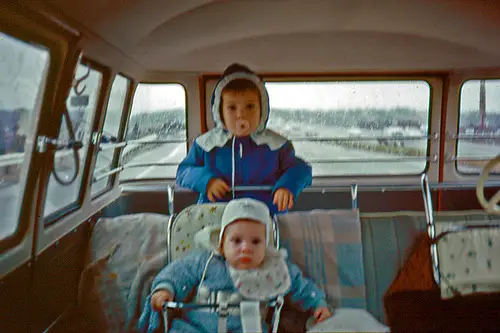
Seatbelts were technically in cars, but using them? That was a different story. Plenty of kids sat in the backseat without a second thought, sometimes even lying across the seats during long road trips. If you were really lucky, you got to ride in the way back of a station wagon, completely untethered, with the freedom to move around. It was all about comfort, and seatbelts just felt like a hassle shares Bankrate.
Nowadays, the thought of letting kids ride like that is unthinkable. Car seat laws are strict, and seatbelts are mandatory, with alarms that won’t stop beeping until they’re buckled. Safety research has come a long way, and we now understand the risks of not buckling up. But in the ’80s, we were just cruising along, blissfully unaware of the dangers.
3. Playing Outside Until the Streetlights Came On
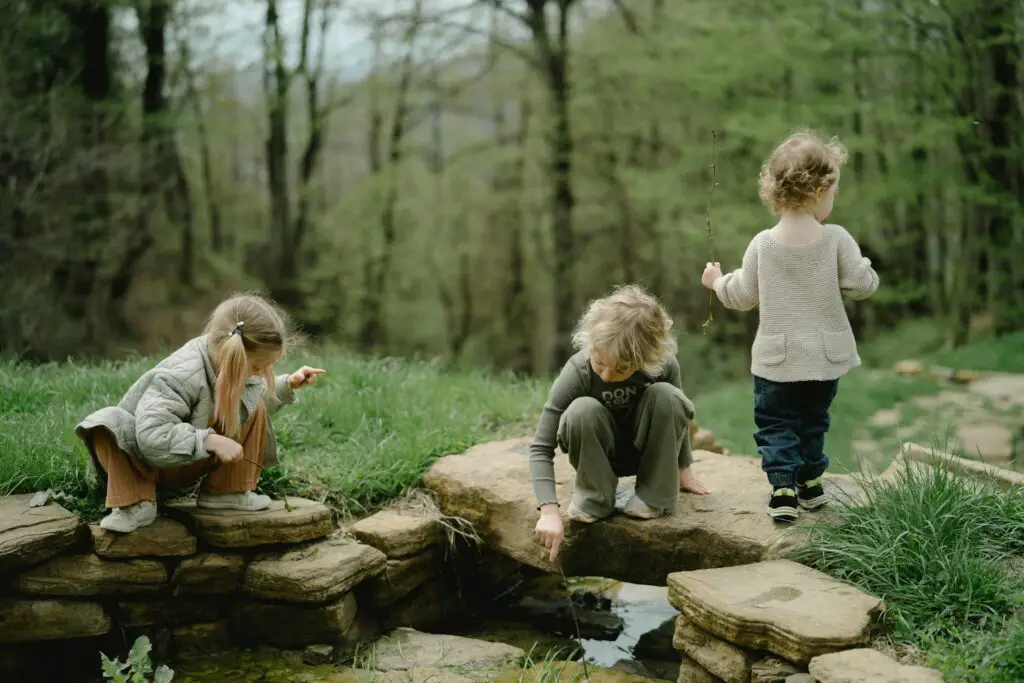
There was no texting or GPS tracking back then—your parents just trusted you to come home when the streetlights flickered on. Kids would leave the house in the morning, spend the entire day riding bikes, playing in the woods, or hanging out at a friend’s house, and no one really worried. There were no constant check-ins, and you didn’t need permission to go to the neighbor’s yard. If you wanted to see a friend, you just showed up at their door and asked if they could play says MSN.
These days, letting kids roam freely without supervision would raise a lot of eyebrows. Parents keep a much closer eye on their children, and spontaneous house visits have been replaced by scheduled playdates. The world hasn’t necessarily become more dangerous, but the way we think about safety has changed. Back then, though, childhood was all about freedom, and no one thought twice about it adds Upworthy.
4. Smoking Everywhere—Even Indoors

In the ’80s, cigarette smoke was just part of the atmosphere. People smoked in restaurants, offices, airplanes, and even hospitals. You could walk into a diner and be asked, “Smoking or non-smoking?”—but the non-smoking section didn’t do much to keep the smoke away. Parents smoked in the car with the windows barely cracked, and ashtrays were standard in every home and vehicle.
Now, smoking indoors is practically unheard of, and strict laws keep it out of public spaces. We know a lot more about secondhand smoke and the dangers of tobacco, leading to smoking bans and healthier environments. It’s hard to believe there was ever a time when lighting up in a hospital waiting room was completely acceptable. But back in the ’80s, it was just a normal part of life.
5. Watching Whatever Was on TV—Because There Were No Streaming Services
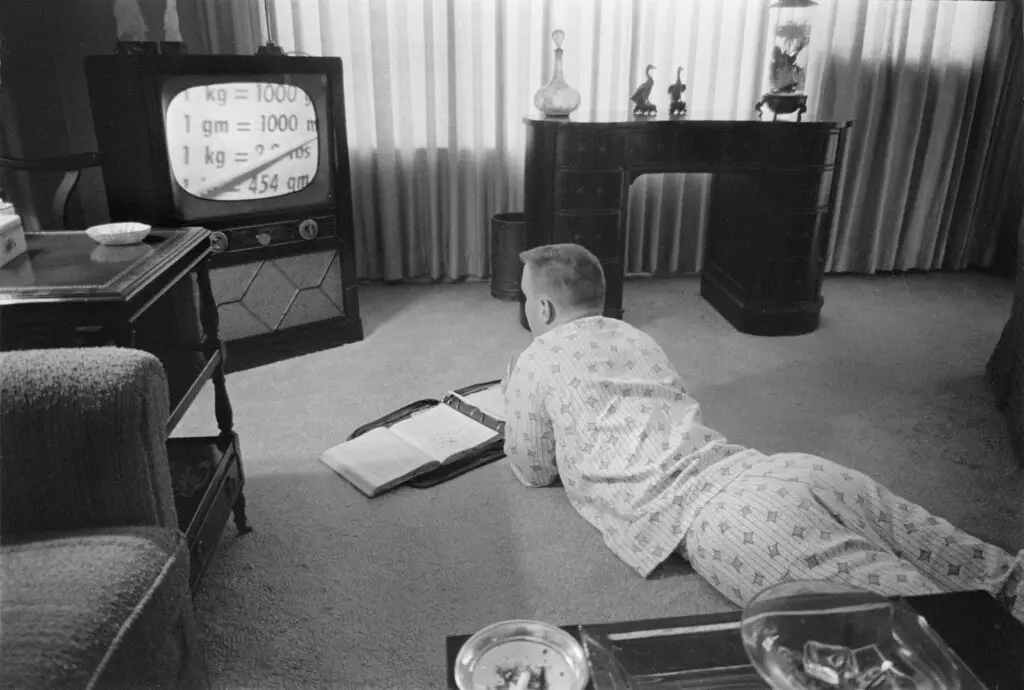
If you missed your favorite TV show when it aired, that was it—you had to wait for a rerun. There was no pausing, rewinding, or choosing from a huge library of on-demand content. You watched whatever was on, even if it wasn’t your first choice. Saturday morning cartoons were sacred, and if you wanted to watch a movie, you had to rent it from a video store or wait for it to be shown on TV.
Now, with streaming services offering endless choices, the idea of being stuck with whatever’s on seems unbearable. Kids today will never know the frustration of missing the first five minutes of a show or having to sit through commercials. But in the ’80s, it was all part of the experience, and no one thought to complain.
6. Getting Left Home Alone at a Young Age
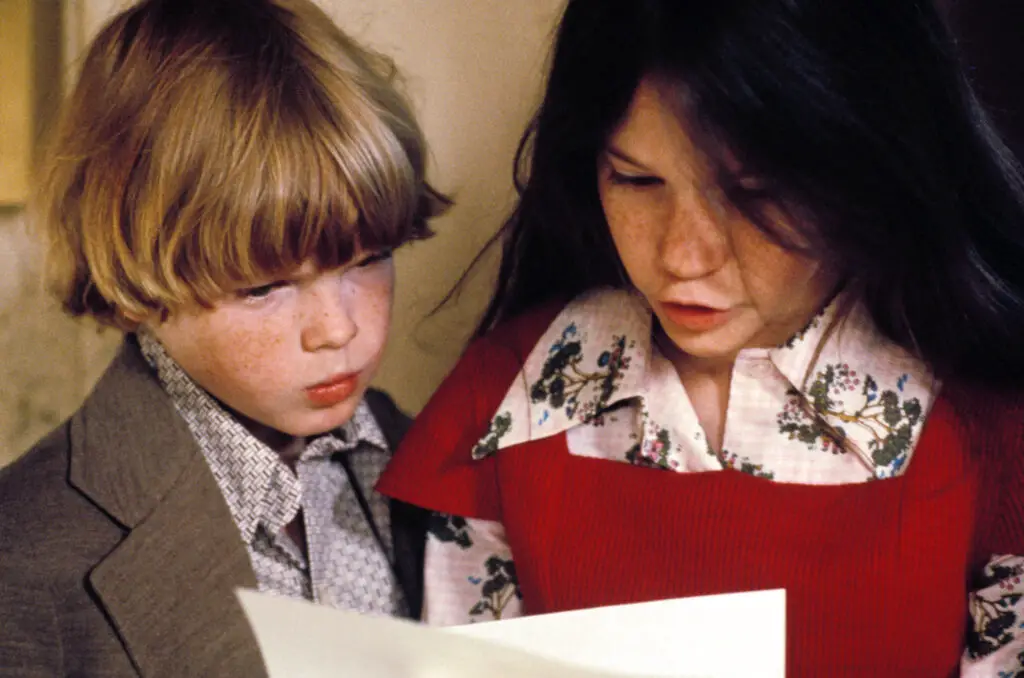
Latchkey kids were everywhere in the ’80s. Parents worked, and there weren’t always babysitters or after-school programs, so kids came home to an empty house. They let themselves in with a key, made a snack, and entertained themselves until their parents got home. It wasn’t considered neglect—it was just the way things were.
These days, leaving young kids home alone for hours would be unthinkable. Child safety laws are stricter, and many parents wouldn’t dream of leaving a child unsupervised. But back then, it taught kids independence, and no one thought twice about it.
7. Calling a Friend’s House and Talking to Their Parents First
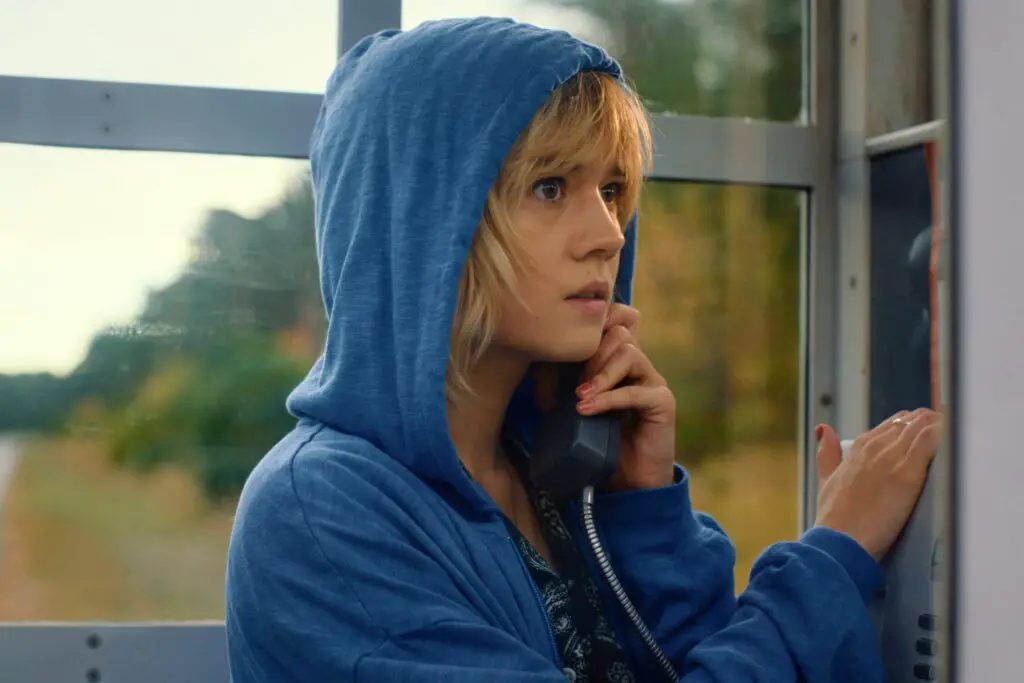
If you wanted to talk to a friend, you had to call their house and hope their parents didn’t answer. There was no texting or private messaging—just a landline with no caller ID. If their mom or dad picked up, you had to politely ask if your friend was home. Sometimes, they’d chat with you for a minute before handing over the phone, making every call a little nerve-wracking.
Now, kids can text or message each other instantly, without ever interacting with a parent. The thought of having to make an actual phone call—let alone speak to someone’s parents—feels almost ancient. But in the ’80s, it was just part of staying in touch.
8. Using Actual Encyclopedias for School Projects

Before the internet, if you needed to research something, you turned to a set of encyclopedias. Every school and library had them, and some families even had a full set at home. You’d flip through the pages, taking notes by hand, and hope the information wasn’t outdated. If the topic you needed wasn’t covered, you were out of luck.
Now, with everything available online, the idea of relying on old books for information seems unthinkable. Kids today have endless resources at their fingertips, making research faster and easier than ever. But back then, encyclopedias were the ultimate knowledge source.
9. Recording Songs Off the Radio with a Cassette Tape
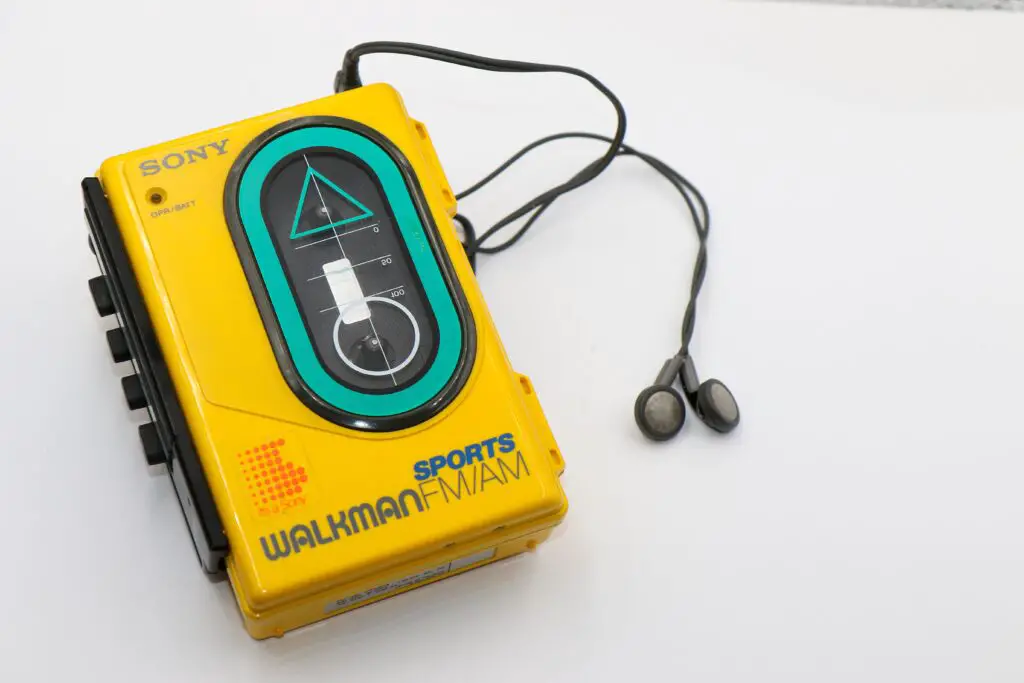
If you wanted a song, you couldn’t just download or stream it—you had to wait for it to play on the radio and record it onto a cassette. Timing was everything, and DJs talking over the intro could ruin the whole thing. You’d make mixtapes this way, carefully curating your collection with whatever songs you could catch.
Today, making a playlist takes seconds, and music is always available on demand. The struggle of waiting for your favorite song to come on feels like a distant memory. But in the ’80s, this was how you built your music library.
10. Getting Film Developed Without Knowing How the Photos Would Turn Out
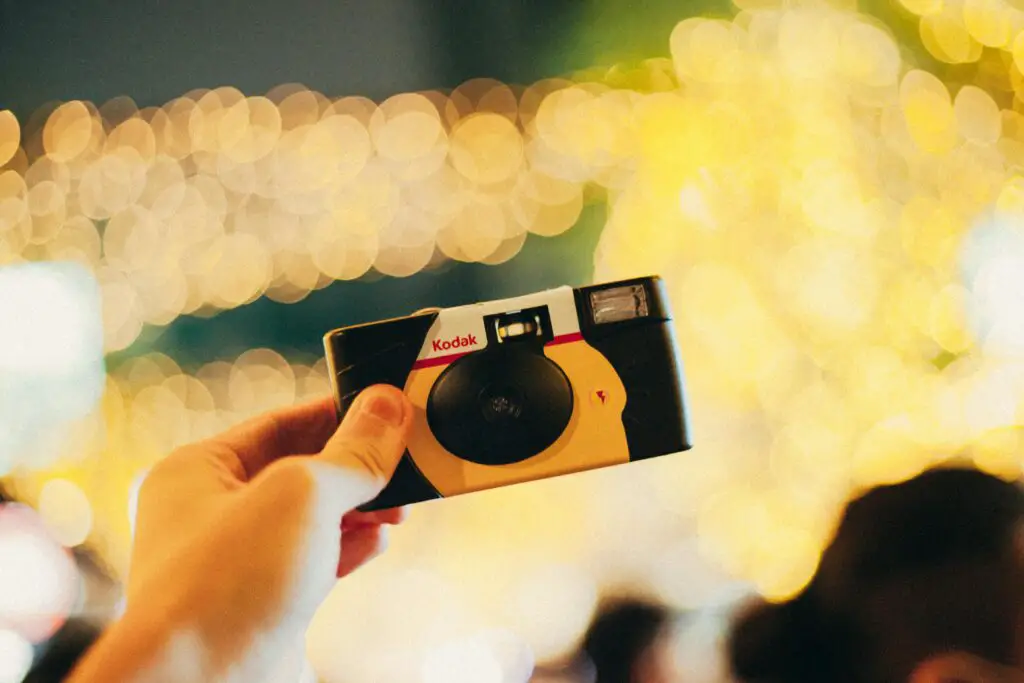
Taking pictures wasn’t instant gratification—you had to finish a roll of film, take it to a photo lab, and wait days to see the results. There were no do-overs, no filters, and no deleting bad shots. You just hoped for the best and accepted whatever came back.
Now, with digital cameras and smartphones, every picture is instant and editable. The idea of waiting days just to see blurry or overexposed photos seems ridiculous. But in the ’80s, it was the only way to capture memories.
11. Memorizing Phone Numbers
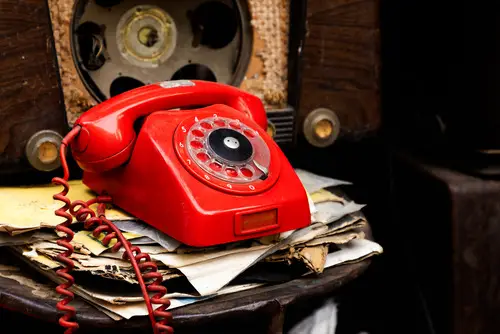
In the ’80s, you didn’t have a phone full of saved contacts—you had your friends’ and family members’ numbers memorized. If you couldn’t remember a number, you either had to look it up in an address book or dial 411 for directory assistance. Payphones were still common, so knowing important numbers by heart was essential. If you lost a phone number, you were out of luck unless someone else had it written down.
Now, most people don’t even know their closest friends’ numbers by memory. Everything is stored in our phones, making it unnecessary to remember anything beyond our own number. If you were suddenly without your phone today, you’d probably struggle to contact anyone. But in the ’80s, memorizing numbers was just a part of life.
12. Walking Through the Airport Without Security Hassles
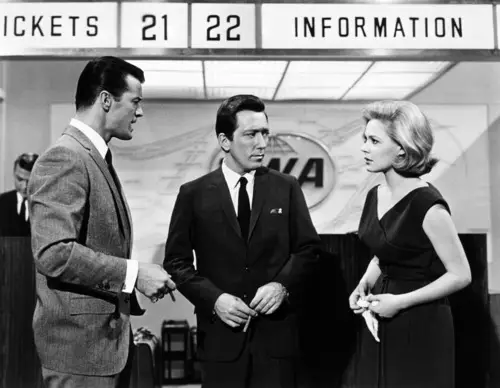
Back in the ’80s, airports were a whole different experience. You didn’t have to take off your shoes, empty your water bottle, or go through full-body scanners. Family and friends could walk right up to the gate with you, waiting until your plane took off. There were no long security lines, and last-minute dashes to the gate were totally possible.
Now, strict TSA rules have made flying a much different process. Security screenings are extensive, and only ticketed passengers can pass through to the gates. The idea of strolling through an airport without multiple ID checks and scans feels like a relic of the past. But back then, flying was much more relaxed, and no one thought twice about it.
13. Eating Sugary Cereals Without Worry
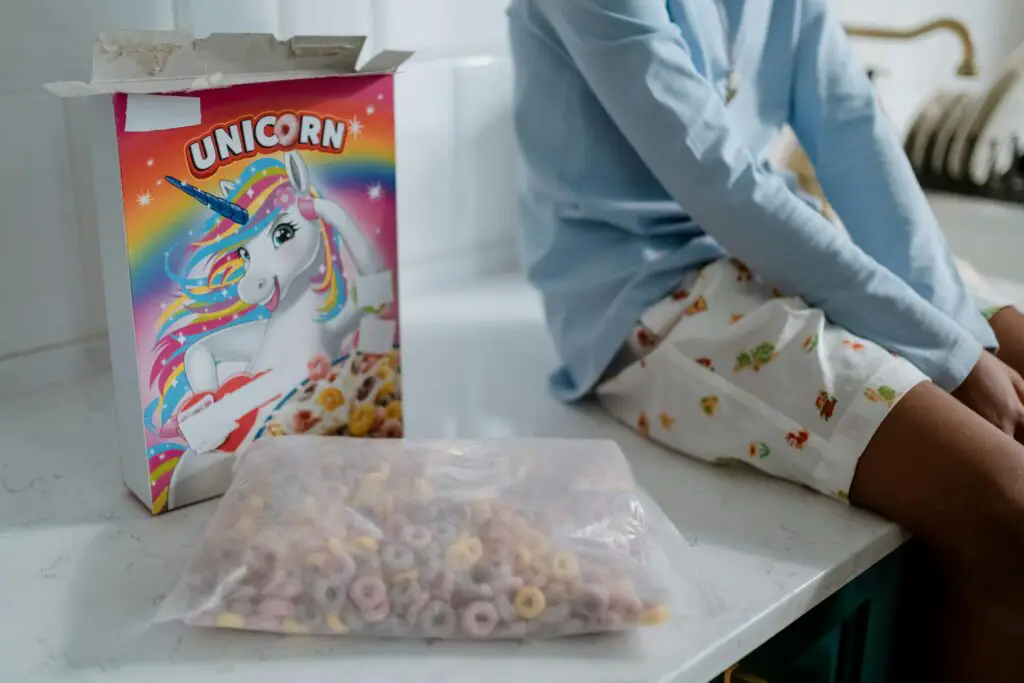
Breakfast in the ’80s often meant a big bowl of colorful, sugar-packed cereal. No one worried about artificial dyes, preservatives, or how much sugar was in each serving. Parents bought cereals with cartoon mascots, and commercials promised they were “part of a complete breakfast.” If you were lucky, you even got a cool toy inside the box.
Today, many parents avoid overly sugary cereals, opting for healthier choices instead. There’s more awareness about nutrition, and some classic cereals have even changed their recipes to cut down on sugar and artificial ingredients. But back in the ’80s, a bowl of neon-colored, marshmallow-filled cereal was just a normal way to start the day.
14. Using a Paper Map to Get Anywhere
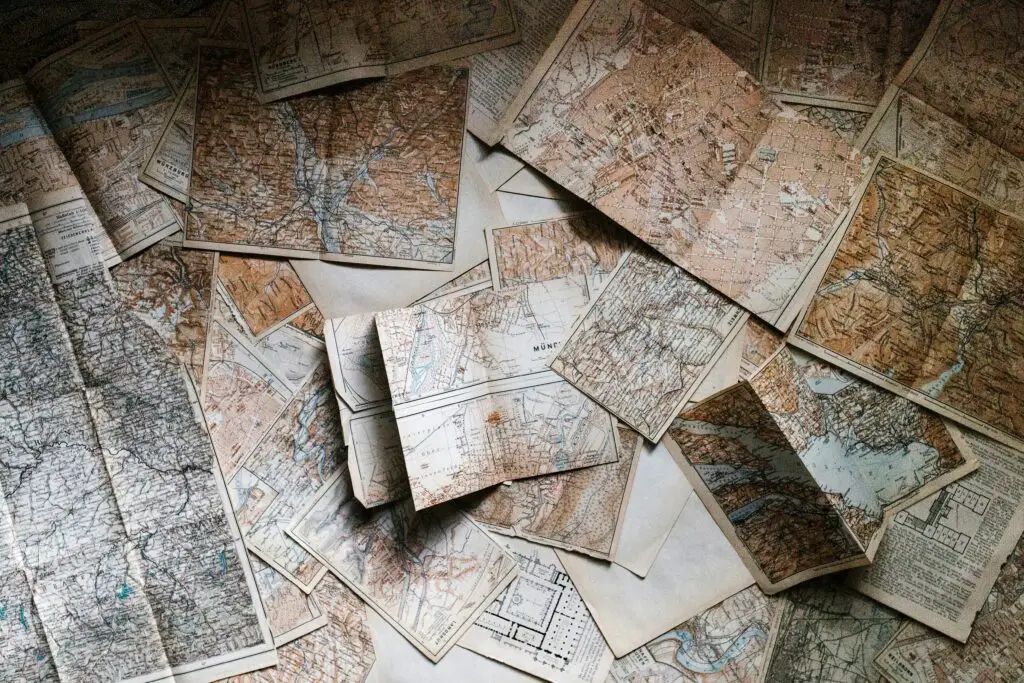
If you needed to find your way somewhere, you pulled out a paper map and figured it out yourself. Road trips required a folded-up atlas in the glove compartment, and getting lost meant stopping to ask for directions. There was no GPS to reroute you or tell you where the next gas station was. If you missed a turn, you had to figure out how to get back on track.
Now, GPS apps make navigating effortless, and printed maps are practically extinct. The idea of relying on a giant, awkwardly folded piece of paper seems almost comical. But in the ’80s, this was the only way to get around, and somehow, we managed just fine.
